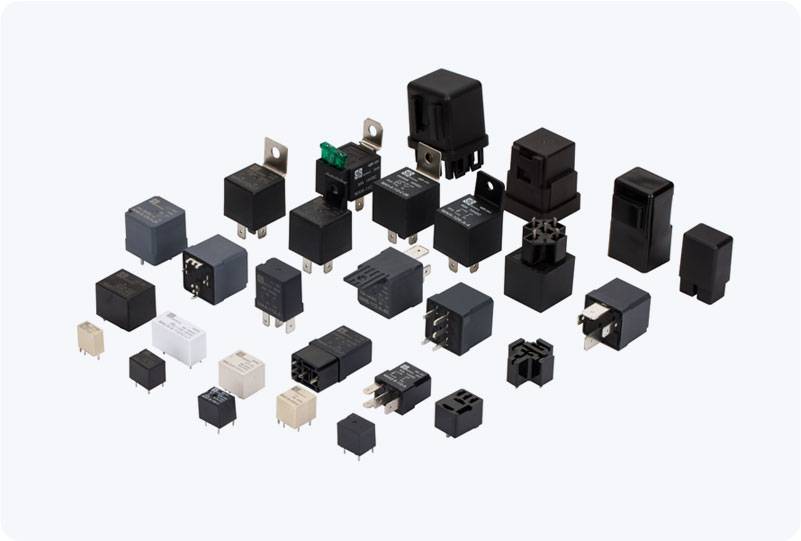A power relay is an essential component in modern electrical systems, widely used to control high-power devices with low-power signals. By acting as a bridge between control circuits and high-current or high-voltage circuits, power relays ensure that devices operate safely and efficiently. This article explores the significance of power relays, their working principle, applications, advantages, and various types.

What is a Power Relay? At its core, a power relay is an electromagnetic switch designed to control a large electrical load using a small control signal. When a low voltage is applied to the relay’s coil, it creates a magnetic field that either opens or closes a set of electrical contacts. This process enables the relay to control circuits with much higher voltage or current than the control signal itself, which is crucial for handling industrial, automotive, or household power requirements. How Does a Power Relay Work? The working principle of a power relay is relatively simple but highly effective. The relay consists of a coil, an armature (a movable metal part), and a set of contacts. When the coil receives an electric current, it generates a magnetic field, attracting the armature and causing it to either open or close the contacts. This action connects or disconnects the high-power circuit, enabling or disabling the flow of electricity to a device.
Leave a Reply